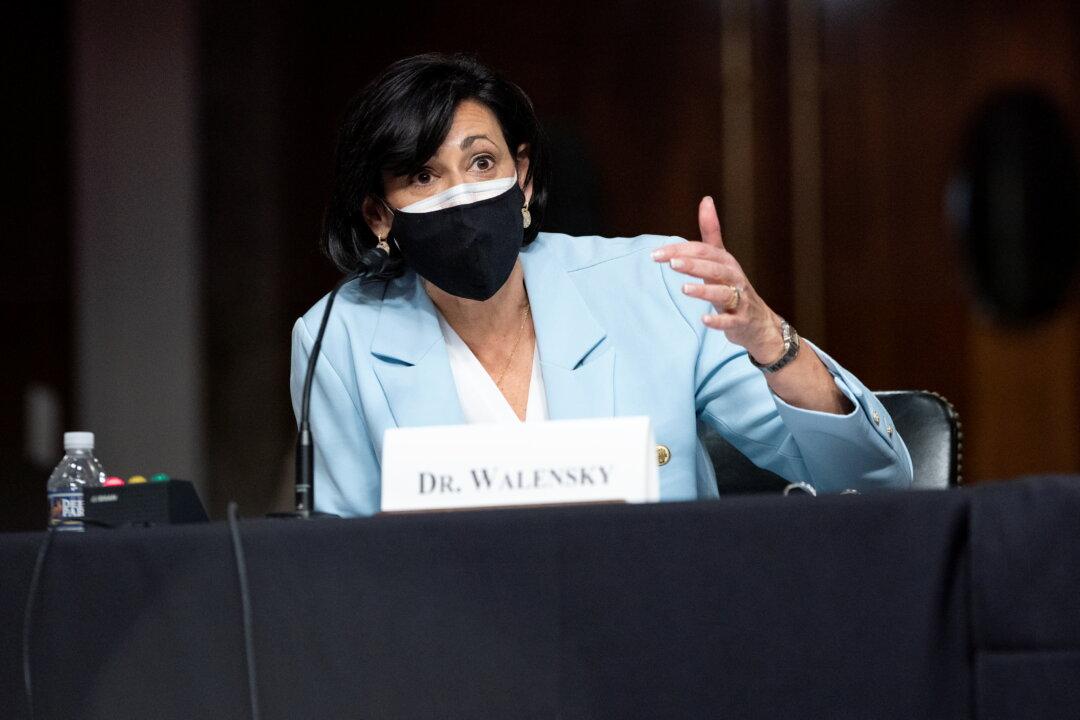The Centers for Disease Control and Prevention (CDC) on Feb. 25 drastically changed a key measure that is used by officials across the country to determine whether or not to require mask-wearing.
The federal agency now says nearly three-quarters of Americans don’t need to wear masks because they live in areas with low or medium community risk from COVID-19.






